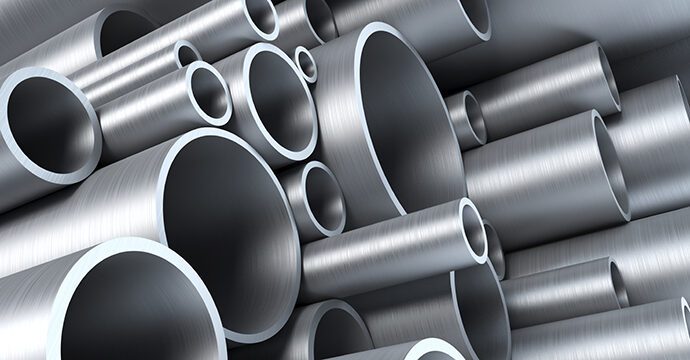
U.S. Steel (X:NYSE) experienced a notable uptick of 4.3%, closing at $38.04 on Monday, following the green light from European regulators for Nippon Steel’s substantial $14.9 billion acquisition bid. This approval by the European Commission, which highlighted no significant competition concerns within the European Union post-merger, marks a pivotal moment for the American steelmaker. Despite this positive development, the acquisition has stirred considerable debate in the U.S., drawing attention from high-profile figures including President Joe Biden and former President Donald Trump, alongside various lawmakers. Their concerns center on the importance of maintaining U.S. Steel’s domestic ownership and operational control. Adding to the complexity, the U.S. Department of Justice has intensified its scrutiny by requesting further details from both parties involved, hinting at a thorough antitrust investigation. This heightened scrutiny has led to a delay in the transaction’s completion, now anticipated to extend into the latter half of the year. Amidst these developments, U.S. Steel’s stock performance has seen a decline of over 20% throughout 2024, reflecting investor apprehension regarding the deal’s finalization and future implications.
The delay announced by Nippon Steel in finalizing its acquisition, as reported by Market Watch on May 3, 2024, underscores the challenges faced by the deal in navigating regulatory hurdles, particularly from the U.S. Department of Justice. This postponement, pushing the expected closure by an additional three months, is a direct consequence of the request for more comprehensive documentation concerning the merger. Such regulatory scrutiny, while ensuring fair competition and addressing national concerns, also introduces uncertainty and potential setbacks for the involved companies.
Nippon Steel (NISTF:PNK), with its financial metrics indicating a potentially undervalued position, presents an interesting contrast to the situation. The company’s price-to-earnings (P/E) ratio of approximately 5.08, alongside a price-to-sales (P/S) ratio of about 0.36, suggests that Nippon Steel might be trading at a reasonable value relative to its earnings and sales. Furthermore, the enterprise value to sales (EV/Sales) ratio of roughly 0.64 and the enterprise value to operating cash flow (EV/OCF) ratio of approximately 6.47 provide insights into the company’s valuation in terms of its sales and operating cash flow, respectively. These financial indicators, coupled with an earnings yield of around 0.20 and a balanced debt-to-equity (D/E) ratio of about 0.64, highlight Nippon Steel’s attractive investment potential and its prudent financial management. The current ratio of approximately 1.79 further underscores the company’s robust liquidity position, ensuring its capability to meet short-term obligations.
The juxtaposition of U.S. Steel’s stock performance decline and Nippon Steel’s seemingly undervalued financial position paints a complex picture of the acquisition’s potential impact. While the merger has received approval from European regulators, the ongoing antitrust investigations and the call for additional documentation by the U.S. Department of Justice reflect the intricate balance between regulatory compliance, national interests, and the financial health of the companies involved. As the situation unfolds, investors and stakeholders will be keenly watching how these factors play out in influencing the future of U.S. Steel and Nippon Steel’s strategic positioning in the global steel industry.

